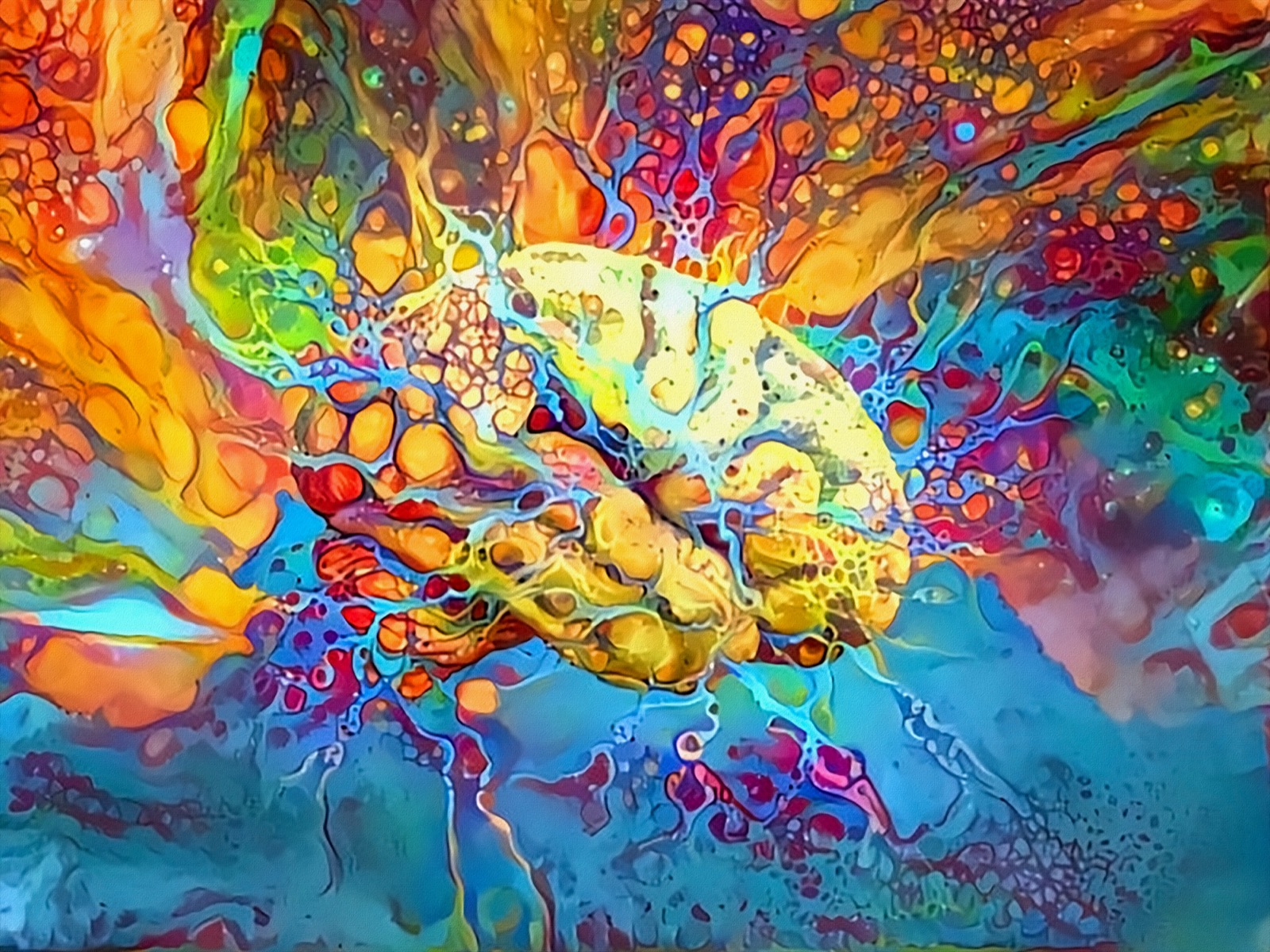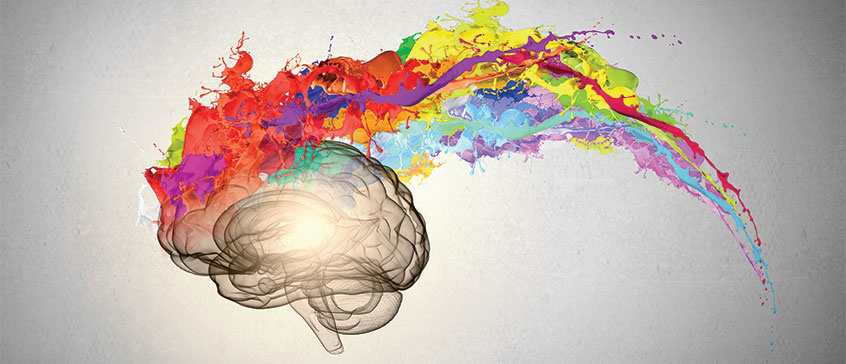Delving Into the Diverse Globe of Artistic Expression: From Surrealism to Abstract Realistic Look
In the realm of imaginative expression, from the dreamlike landscapes of surrealism to the intricate play of light and type in abstract realistic look, musicians have actually continuously pushed the borders of creativity and creativity. As we check out the complex globe of art, we are presented with a tapestry of styles, strategies, and philosophies that challenge our understanding and provoke consideration.
Surrealism: Unleashing the Subconscious
Surrealism, an avant-garde creative motion of the 20th century, explored the depths of the subconscious, unveiling a world of dream-like imagery and non-traditional associations. Pioneered by artists like Salvador Dali, René Magritte, and Joan Miró, Surrealism looked for to test the traditional methods of seeing and understanding art. Via techniques such as automatism and desire evaluation, Surrealist musicians intended to touch right into the subconscious mind to disclose surprise facts and needs.
Among the vital components of Surrealism was the focus on the illogical and the exceptional. By integrating unforeseen aspects in their works, Surrealist artists aimed to create a sense of disorientation and surprise in the viewer. This disturbance of reasoning and factor was suggested to prompt a deeper exploration of the subconscious and the mysteries of the human psyche.
Abstract Realism: Redefining Assumption
Testing traditional imaginative boundaries, Abstract Realism redefines perception through the blend of recognizable aspects with abstract forms. This ingenious method to art integrates the representational precision of realistic look with the creative freedom of abstraction, providing viewers a distinct aesthetic experience that motivates them to question their understanding of fact.
In Abstract Realistic look, musicians strive to capture the essence of their subjects while also instilling their job with a sense of deepness and intricacy with abstract elements. By mixing the knowledgeable about the strange, these artists welcome audiences to involve with their items on multiple levels, urging them to explore the nuances of shade, appearance, and form.

Cubism: Breaking Up Truth
Utilizing fragmented point of views and geometric forms, Cubism transformed the imaginative representation of truth in the very early 20th century. Developed by Pablo Picasso and Georges Braque, Cubism sought to challenge traditional concepts of viewpoint and depiction. By breaking down items and numbers into geometric shapes and providing them from numerous viewpoints concurrently, Cubist musicians aimed to capture the significance of the subject as opposed to its actual appearance. This method not just deconstructed fact but likewise highlighted the monotony of the canvas, leading the way for future abstract art movements.

Cubism can be categorized into two primary phases: Analytical Cubism, defined by single color design and complex, fragmented types; and Artificial Cubism, which included collection aspects and brighter shades into the structures. With these unique phases, Cubism influenced not only painting but also layout, style, and sculpture. trump art. Its influence resounded across the art world, inspiring musicians to explore brand-new methods of representing the globe and analyzing around them
Expressionism: Emotions on Canvas
Discovering the depths of human feelings with vibrant and expressive brushstrokes, Expressionism became a profound artistic motion in the early 20th century. Unlike previous art activities that focused on depicting the outside globe, Expressionism looked into the interior world of the artist's psyche, intending to stimulate raw emotions and prompt visceral feedbacks from pop over to this web-site audiences.
Expressionist musicians, such as Edvard Munch, Egon Schiele, and Emil Nolde, declined traditional concepts of beauty and realism in support of distorting kind and color to communicate subjective sensations. Making use of overstated brushwork, bold shades, and altered figures assisted create a sense of worry, alienation, or passion in their works.
Among the most popular instances of Expressionism is Munch's "The Scream," which captures the intense anxiousness and despair of contemporary life via its swirling, distorted figure versus a blood-red skies. Through their mentally billed jobs, Expressionist artists sought to test standard artistic norms and supply a home window right into the rough midsts of the human soul.
Contemporary Art: Progressing Viewpoints

Among the specifying characteristics of contemporary art is its continuous advancement and ability to adapt to altering social landscapes. Musicians are increasingly integrating innovation right into their technique, blurring the lines between the physical and digital realms. This blend of tools permits innovative ways of storytelling and engaging with target markets in an extra interactive fashion.
Moreover, contemporary art frequently functions as a platform for social discourse, addressing pressing issues such as identification, national politics, and the environment. Musicians are utilizing their job to prompt and stimulate crucial discussions thought, dropping light on the complexities of the world we stay in. As viewpoints remain to advance, modern art stays a dynamic and influential pressure in forming our social landscape.
Final Thought
To conclude, the world of imaginative expression incorporates a vast array of motions and styles, each with its very own special technique to communicating meaning and feeling. From surrealism's expedition of the subconscious to abstract realism's redefining of assumption, and from cubism's fragmentation of fact to expressionism's portrayal of emotions, art proceeds to develop and challenge point of views - trump art. Contemporary art mirrors the ever-changing world we stay in, using new ways to analyze and comprehend the intricacies of our truth
As we explore the complex world of art, we are offered with a tapestry of designs, techniques, and ideologies that challenge our understanding and prompt consideration. Its impact resounded across the art globe, inspiring my sources musicians to explore new ways of representing the globe and interpreting around them.

Comments on “A Deep Dive into one of the most Iconic Trump Artworks of Current Years”